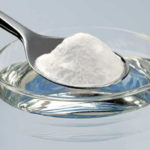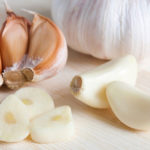Summer days can be scorching, and children tend to sweat easily even with minimal physical activity. With their robust metabolism and still-developing temperature regulation, kids are more sensitive to high temperatures and prone to dehydration.
Hence, hydration during summer is crucial. Drinking water appropriately will help the body stay effectively hydrated, but improper water consumption can lead to various health issues.
Be Cautious When Giving Water to Infants Under 1 Year Old
Infants under 1 year old can be divided into two stages: before and after 6 months. During this period, breast milk or formula is their primary source of nutrition. The water content in breast milk or formula provides the necessary hydration for this stage.
The water content in breast milk or formula is sufficient to meet their growth and development needs, so additional water is not required. Offering water to infants can reduce their breast milk intake and unintentionally burden their metabolism.
After 6 months, it’s necessary to introduce water reasonably but without forcing them to drink excessive amounts. Solid foods and breast milk both provide a certain level of hydration. Parents can check their baby’s hydration status by observing the frequency and color of urination.
If the child urinates at a reasonable rate (less than once every 3 hours) and the urine is clear or light yellow, it indicates adequate hydration. However, if the urine is dark yellow and scarce, increased water intake is necessary.
After the age of 1, as the child consumes more solid foods and engages in more activities, their water needs will increase. In addition to the water obtained from food, they may require an additional 600-700ml of water per day.
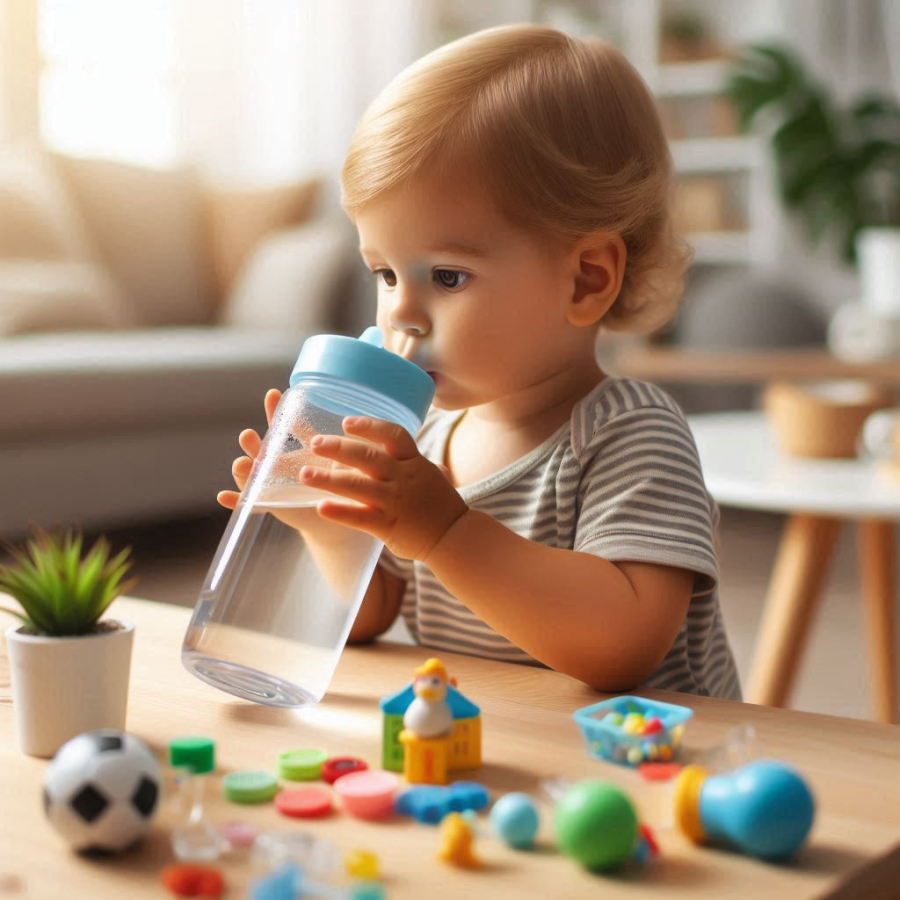
In addition to water from food, toddlers may need an extra 600-700ml of water daily.
Three Types of “Water” That Children Under 2 Years Old Should Avoid
While drinking water offers numerous benefits, establishing a healthy water-drinking habit for children takes time and patience. Experts advise parents to restrict their young ones from consuming the following three types of water.
Water with Added Sugar
Infants under 1 year of age have extremely sensitive taste buds, so there’s no need to add flavor to their food. The natural flavors from vegetables, roots, and fruits are sufficient to satisfy their taste preferences effectively.
However, the same doesn’t apply to water. Since water is colorless, odorless, and tasteless, it can be challenging to spark children’s interest in it. As a result, some parents opt for sweetened water to enhance its flavor. Nonetheless, introducing children to sugary water too early can harm their oral health and increase the risk of tooth decay in the future.
If parents want to help their children develop a healthy water-drinking habit and avoid a reliance on sugary drinks, they can start by adding a small amount of sugar to the water and gradually reducing it as the child becomes accustomed to drinking plain water.
By doing so, children will gradually build a healthy water-drinking habit without compromising their oral health.
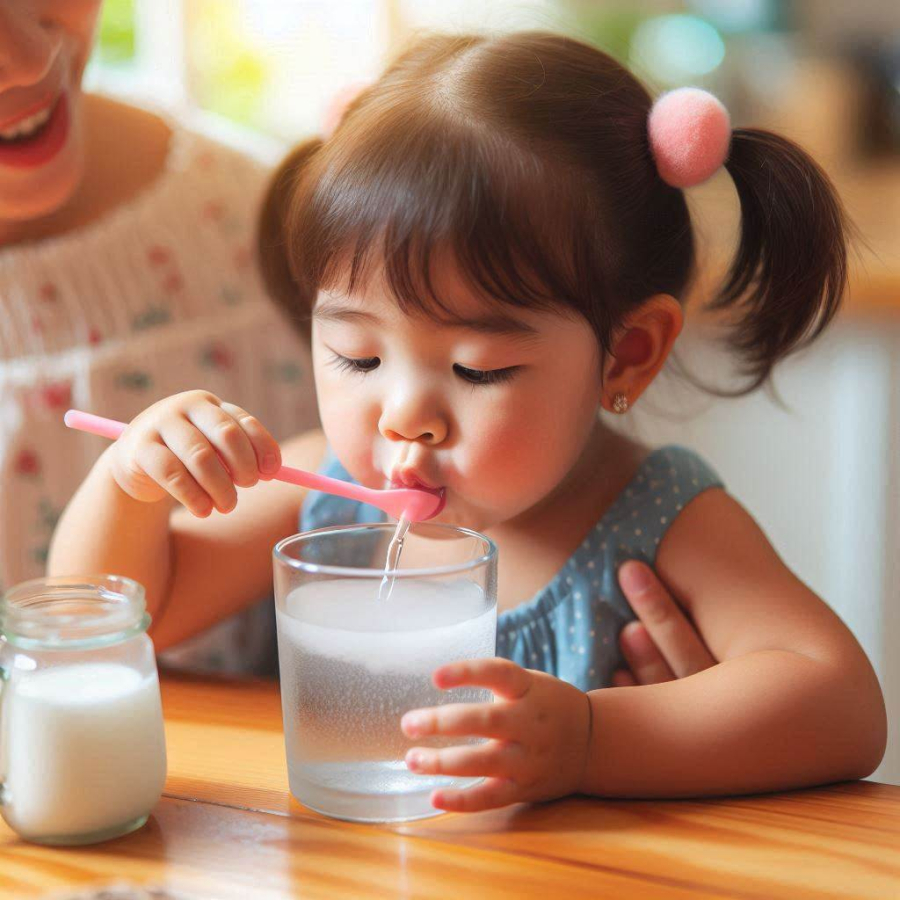
Introducing children to sugary drinks at an early age can harm their oral health.
Fruit Juice
Fruits, with their high nutritional value and water content, are an excellent food source for young children. However, many kids are not fond of eating fresh fruit. As a result, some mothers opt to give their children fruit juice to ensure they receive the necessary nutrients.
In reality, juicing significantly reduces the nutritional content initially present in the fruit. The juice primarily consists of water and a large amount of natural sugar from the fruit.
Therefore, fruit juice should not be considered a perfect substitute for fresh fruit. Moreover, fruit juice cannot entirely replace regular drinking water. Parents should offer fruit juice to their children in moderate amounts.
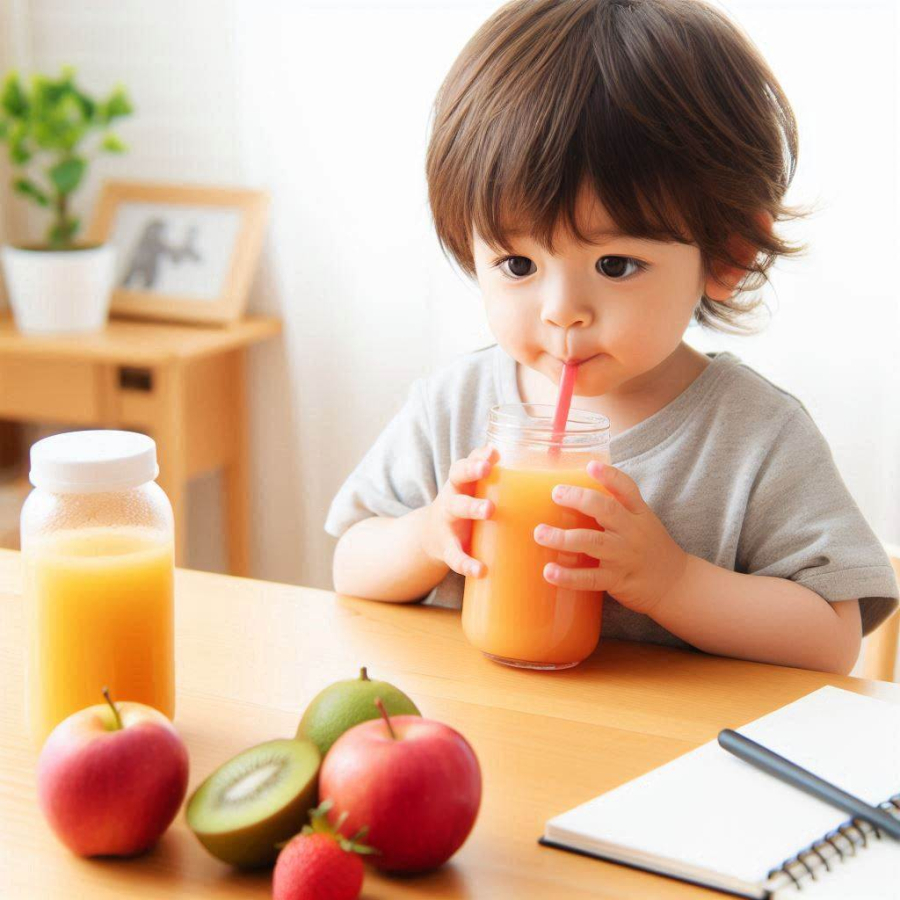
Fruit juice should be consumed in moderation by children.
Rice Water with Soup
Many children tend to be picky eaters, so mothers often prepare soft foods like porridge, rice, and soup to ensure their children receive adequate nutrition. Some mothers even use soup to help their children eat rice faster. However, if rice and soup become the main course, several issues need attention.
Before the age of 2, a child’s body undergoes a rapid growth and development phase, requiring a large and diverse range of nutrients. However, since the stomach capacity of toddlers is still limited, rice and soup may not provide sufficient nutrition if they replace regular meals.
Furthermore, consuming excessive soup can lead to children filling up on light meals, disrupting their initial eating habits. If this situation persists, the child may become undernourished, negatively impacting their growth and development.
Therefore, mothers need to strike a balance between offering porridge, rice, and soup to ensure their little ones receive the necessary nutrients during this critical developmental stage.
1. Drinks with caffeine: Caffeinated beverages like coffee, tea, and colas can cause dehydration and affect the child’s sleep and development. They can also interfere with iron absorption, leading to anemia.
2. Sugary drinks: Soft drinks, fruit juices, and flavored milk contain high amounts of sugar, which can cause tooth decay and contribute to childhood obesity.
3. Unpasteurized juices and milk: Unpasteurized beverages may contain harmful bacteria such as E. coli and Salmonella, which can cause serious illnesses in young children with underdeveloped immune systems.
How to Effectively Treat Fishbone Issues at Home
Everyone loves feasting on the deliciousness of fish during the holidays. But, unfortunately, choking on fish bones is an unavoidable issue that may lead to devastating consequences if left unattended for a prolonged period. Let’s see how Dien May Xanh can help us out when fish bones get stuck in our throat.

























